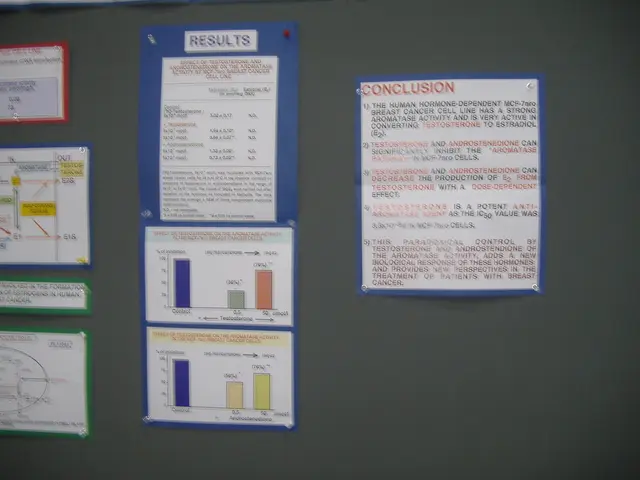Prediction plays a crucial role in synchronizing eye movements with hand actions
In a groundbreaking study published in the prestigious journal, Current Biology, researchers from the Del Monte Institute for Neuroscience at the University of Rochester have shed light on the critical role of visual prediction in successful interception tasks, such as catching or grabbing moving objects.
Led by Kuan Hong Wang, PhD, a Dean's Professor of Neuroscience at the University of Rochester Medical Center, the study delves into the intricacies of how vision serves as the primary sensory modality that enables the brain to predict an object's trajectory, speed, and timing. This predictive processing is essential for planning and executing precise motor responses during such tasks.
The research, which also involved collaboration from Luke Shaw, a graduate student in the Neuroscience Graduate Program at the School of Medicine & Dentistry, and Jude Mitchell, PhD, assistant professor of Brain and Cognitive Sciences, emphasizes that visual prediction allows the brain to anticipate where a moving object will be in the near future, enabling timely, coordinated movements for a catch.
Interestingly, the study reveals that even without direct visual input, humans and animals can intercept moving targets using other sensory cues. However, visual prediction significantly improves accuracy by providing continuous updates of an object's dynamic position and velocity.
Using multiple high-speed cameras and DeepLabCut-an AI method, the researchers were able to record where the primate is looking and the movement of the arm and hand as it reaches and catches moving crickets. The study found an 80-millisecond delay in the animal's visuomotor behavior-the moment when vision and movement click and work together to direct the hand toward the target. Despite this measurable delay, the primates still grabbed the crickets, meaning that they had to predict the cricket's movement.
The findings of this study could potentially help understand the underlying causes of behavioral alterations in neurological disorders such as brain lesions, stroke, and genetic factors. Moreover, the research may aid in identifying unique behavioral control strategies for mechanistic studies and engineering applications.
The study was supported by the National Institute of Health, the Schmitt Program of Integrative Neuroscience, and the Del Monte Institute for Neuroscience Pilot Program. This research may help develop computational behavior analysis strategies for characterizing behavioral alterations in naturalistic settings.
Read also:
- Trump's SNAP reductions and New York City Council's grocery delivery legislation: Problems for city residents highlighted
- Reducing dental expenses for elderlies in Sweden: Over 50% cut in charges for pensioners by the government
- Forty-year-old diet: A list of meal choices to savor
- Exiled Life's Conundrum: A Blend of Liberation, Disillusionment, and Distress







